| (Prelims: Important Events) |
Why in the News
Recently, the Indian National Trust for Art and Cultural Heritage (INTACH) launched Project Gaja-Lok.
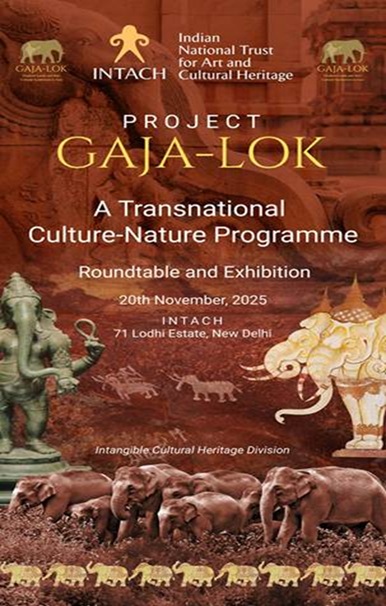
About Project Gaja-Lok
- It is a significant international initiative to understand and preserve the cultural, historical, ecological, and environmental significance of the Asian elephant.
- The project began with an exhibition and roundtable discussions held in New Delhi, with participation from experts, researchers, and conservationists.
- The initiative promotes cooperation among Asian countries where elephants have cultural and religious significance.
- The elephant is presented as a cultural icon and a symbol of ecological resilience.
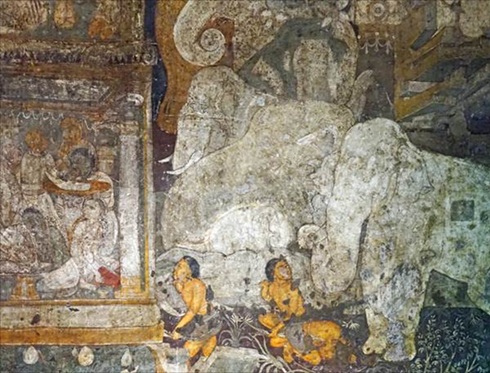
(Figure 1: Elephant murals in the caves of Ajanta and Aurangabad, Maharashtra)
Key Features
- Multi-country initiative: A comparative study of the role of elephants in various Asian civilizations.
- Documentation of cultural heritage: An exhibition showcasing the image of elephants in temples, sculptures, texts, court art, and folk traditions.
- Integration of history and spirituality: An analysis of the spiritual role of elephants in Buddhist, Jain, Hindu, and Southeast Asian traditions.
- Research on human-elephant relationships: Discusses conflict, coexistence, ethics, and modern ecological challenges.
- Climate and environmental significance: Focuses on the vital role of elephants in forests, ecology, and biodiversity.
- Artifacts display: Displays cultural relics such as Indus Valley seals, Bharhut railings, sculptures from Konark, Gwalior Fort, Thailand, and Cambodia.
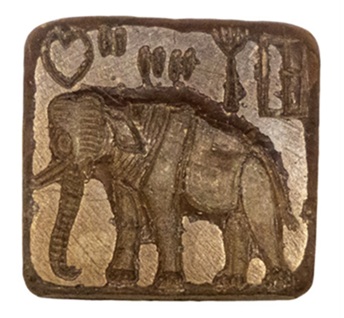
(Figure 2: Elephant seal, Harappa, National Museum, Delhi)
Significance
- The role of elephants in various Asian traditions will be preserved.
- Helps in formulating better policies and conservation strategies.
- Strengthening environmental conservation efforts by highlighting the ecological importance of elephants.
- Exhibitions, books, and discussions will strengthen the spirit of conservation in society.
- Improved policymaking on conservation, cultural documentation, and the “nature-culture link.”
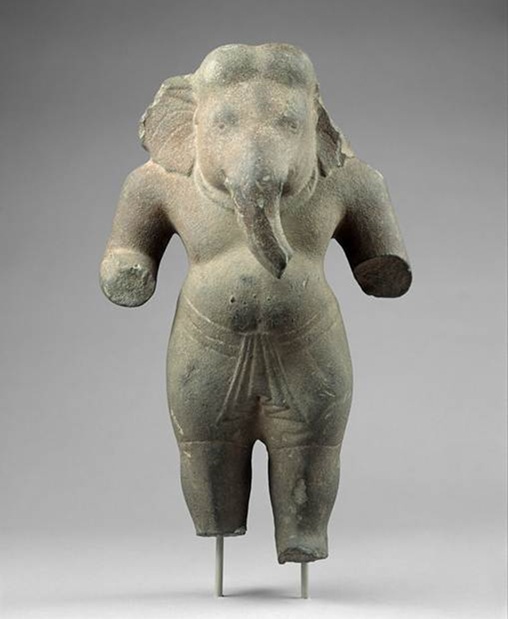
(Figure 3: Standing Ganesha, Pre-Angkor Period (late 7th century), Cambodia)
|
Also Know!
About INTACH
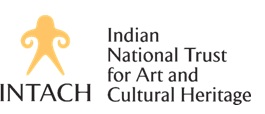
- Full name: Indian National Trust for Art and Cultural Heritage (INTACH)
- Established: 1984
- Form: Non-profit organization
- Main objectives:
- Conservation of India's natural, cultural, heritage, tangible, intangible, and living heritage.
- Conservation of historical buildings, arts, crafts, archaeological sites, folk traditions, cultural documentation, etc.
- Running heritage clubs to engage the younger generation in heritage conservation.
- International recognition: Expanding conservation work through collaborations with several global organizations, including UNESCO.
|



